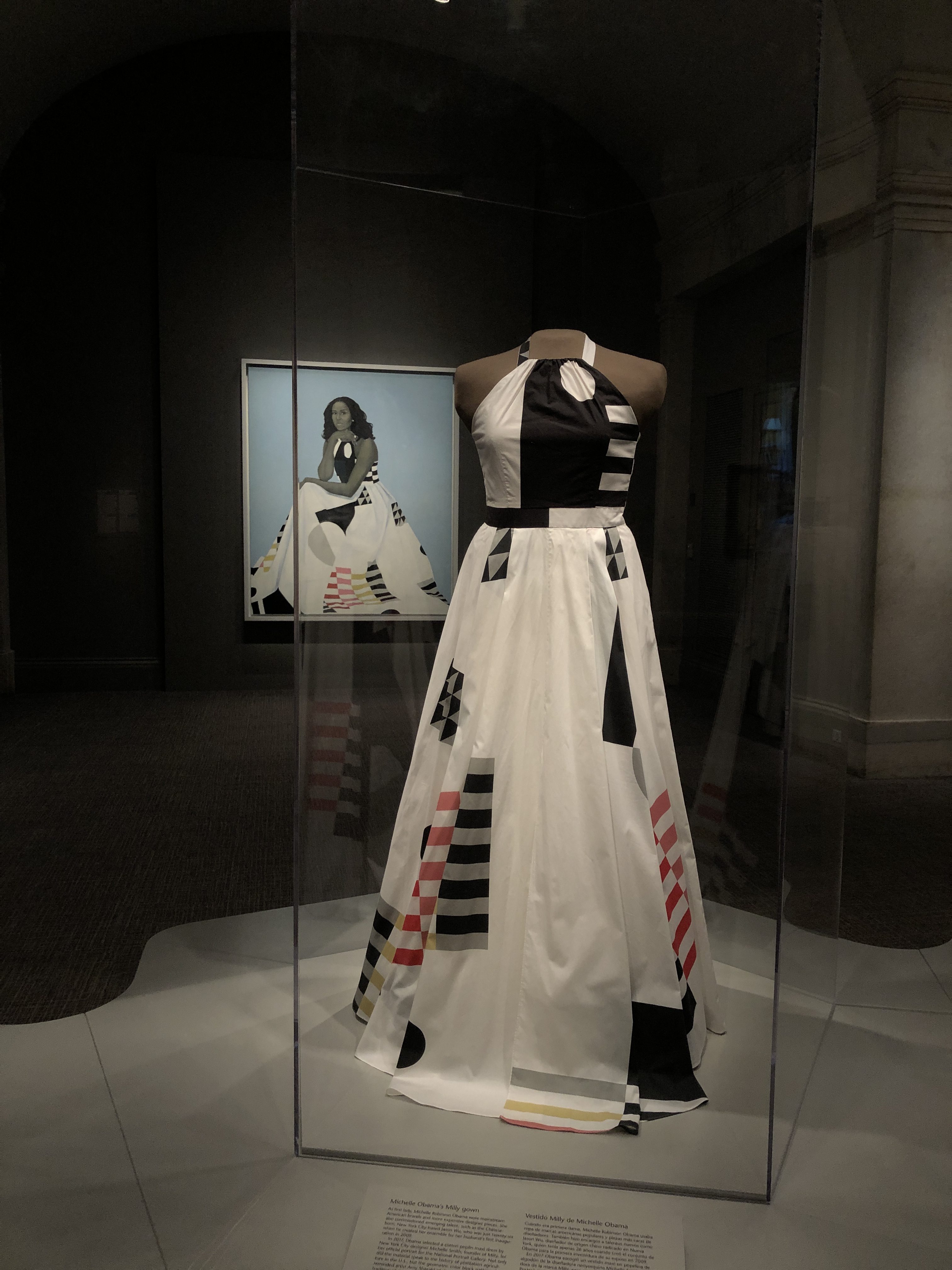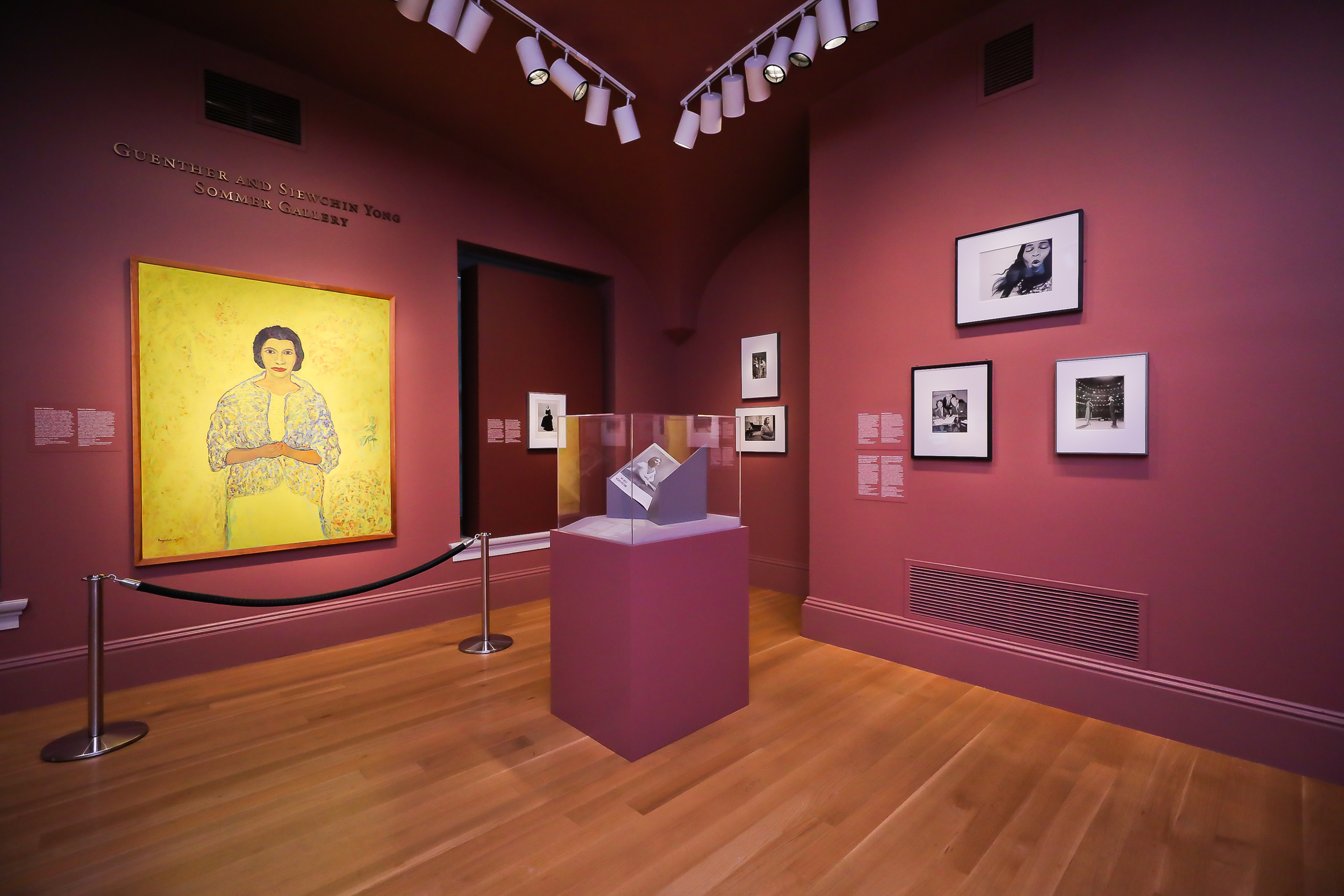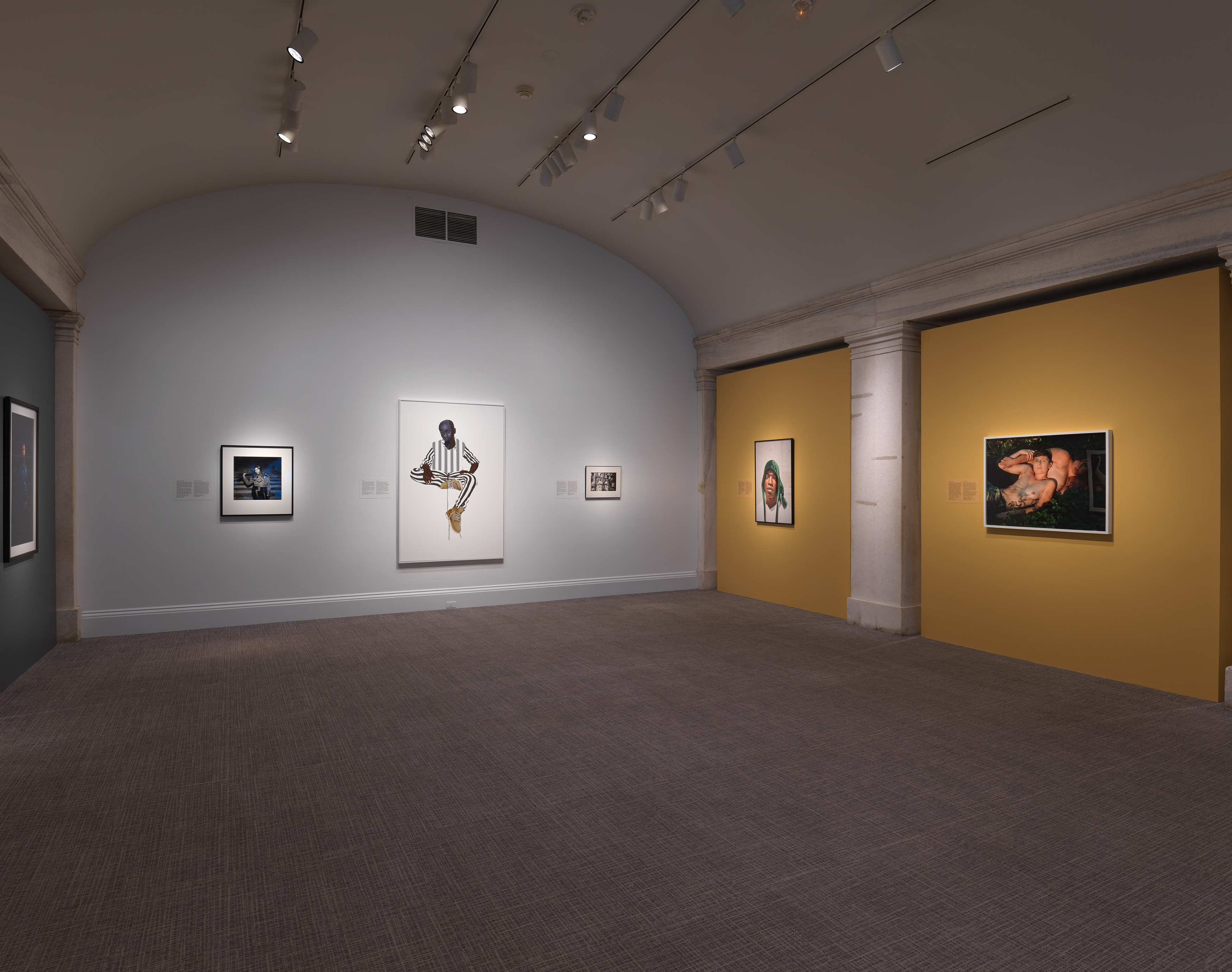After a year-long closure to the public due to COVID-19, eight Smithsonian Museum facilities are finally reopening. Staggered re-openings expected in subsequent weeks include the Smithsonian American Art Museum, the National Museum of the American Indian, the National Museum of African American History and Culture, the National Portrait Gallery and others. The museums, which are among the top 10 visited in the country, are sure to attract eager gallery-goers that are excited to once again experience art and culture exhibits such as “¡Printing the Revolution! The Rise and Impact of Chicano Graphics, 1965 to Now,” in person.
Despite the institutions having temporarily shut their doors within the past year, museum specialists working behind the scenes have innovated ways to bring art to folks at home to keep them engaged with exhibits through online programming, artist interviews, virtual gallery viewings and social media.
Among the staff at the Smithsonian National Portrait Gallery, is a social media specialist named Karen Vidángos, also known by her social media moniker “Latina In Museums.” The Bolivian-American art history and museum studies graduate merges her social media savvy background with passion for art to explore underrepresented perspectives and amplify the immersion of the Latine community in museum institutions through her platform Latinx Curated.
Cultivating an inclusive space for artists has been very important and understanding that that’s the key detail to making it all work.
This past year, widespread protests against racial injustice brought forth a pivotal reckoning that prompted calls for accountability in many institutions as well as museums and art/culture centers that have historically failed to provide equitable representation, opportunity and/or compensation for artists and museum workers of color.
Informing people about these issues while also addressing the barriers to access in the museum field inspired Vidángos to create her online platforms. Now the social media strategist and curator is working on a forthcoming online database that she hopes will serve as a space to amplify and facilitate more opportunities for Latine artists and art collectors.
Several museums across the nation, including the Smithsonian institution, have made pledges to advance their efforts towards racial equity and inclusivity. New appointments such as the first Latina chief art curator of the National Art Gallery show promise of follow through, which hopefully will continue to be reflected in the workforce of new exhibits as museums reopen. We spoke to Vidángos about her journey and experience working as a Latina in the museum field thus far, the impact of the pandemic on museum closures, and her social media platforms: Latina In Museums, Latinx Curated, and prospective online database The Latinx Artist Directory.

What are some factors that lead you to work in the museum field and what was that journey like for you?
I have always been interested in the creative field and I grew up with a very musical family but that wasn’t necessarily a logical career choice especially for parents that immigrated to the US. They wanted something that was more secure. So, I initially got into the University of Maryland as a politics and government major before taking some time off and switching to art history.
Upon graduation, essentially, I was told there were one of two ways I could go. I could either go the academic route or I could go the external public facing route which for me was communications and social media. My professor told me she thought I would excel at either one of these routes, but since I like to engage with people and have direct contact with what’s happening at a museum rather than sitting in a library doing research, that was the direction I ended up going.
Last year’s protests bolstered a reckoning for institutions to contend with racial disparities within their industries and you often speak about barriers to access in the museum field, can you describe what that means and what some of those barriers look like?
Barriers to access for people in the art and museum field encompasses so many things. There are key studies that show only 16% of curators, conservators, educators, and those in other leadership positions are held by people of color while 84% are white. Across 18 major U.S. museums, collections were by 85% white and 87% male artists. This is what the canon currently looks like. We are severely underrepresented in the museum field across the board.
We are severely underrepresented in the museum field across the board.
The disproportionate representation of artists of color is better documented but that conversation in regard to museum workers isn’t discussed as much in the mainstream.
Being underrepresented in those areas affects what museums show, how [work is] shown in the institution and how they’re discussed and viewed. Who decides what goes on the walls? Who decides the programs, the educational sessions and events? All of these small decisions come together and affect what we know about museums and what we take away. If that’s mostly done through a white perspective, then that creates a very narrow point of view.

What are some ways museums can break down those barriers to provide more opportunities for people of color that want to enter into the museum field?
To touch on a few, an issue which spans even beyond the museum field is student loans. Nowadays, people are encouraged to have a master’s degree to enter the field. There are a lot of positions that in my opinion don’t [need] a master’s degree but at this point, it’s pretty much required. Getting a masters degree is very costly and time consuming, you have to either be able to afford the cost of tuition or be able to carry those loans. That’s just a single barrier that might prevent someone from being successful in the museum field. Another thing that’s pretty rampant in the industry is unpaid internships as a way to get your foot in the door. A lot of people can’t work for no money so that’s yet another barrier that discourages opportunities for people and affects whether they’ll be successful. Again, it’s unfortunate that these barriers exist because it limits the scope of what we’re able to see and it limits the pool of talent that’s able to walk through the door and contribute to these institutions.
How did your multiple social media and web platforms to spotlight Latinx art and museum goers come about?
Talking about Latinidad in the museum world and inclusivity and diversity really started from a selfish place because of my own experiences growing up, going to museums and being in a museum studies program. All of these spaces that are incredibly white can feel off-putting and isolating. It was very personal to me, so I started documenting myself in these spaces to share my experience, research, and knowledge as a Latina in museums.
It’s about how others experience, and can center themselves, within these spaces.
In grad school, I started to explore beyond that and think about what it is to love museums, love art, and still feel separated from it by the people who run the art world and what I can do to merge the communities together, so that’s where Latinx Curated came from. According to an NEA report, those who identified as Latino/Hispanic only made up about 9% of museum visitors so I wanted to see how my community views museums through their eyes and their perspective. At that point it no longer became just about me or my point of view, it became about how others experience, and can center themselves, within these spaces.

How has that led to developing your new database platform for Latine artists and how do you hope to widen the scope of inclusivity specifically for Afro-Latines and other marginalized groups within the Latinx community in that space?
I started getting a lot of messages from people sending me their artwork. At the time, I really wasn’t sure what to do with it. Sometimes I would share peoples artwork within the Instagram stories of Latinx Curated, but I wanted to think beyond that and how I might be able to help give these artists a bigger reach. That’s where the idea for the Latinx Artist Directory came about especially in the year of COVID, with no opportunities for in-person art shows, galleries and places to connect with artists.
Even as things open, sometimes you have to be really connected to the right people to reach buyers, and if you’re just someone who wants to collect art but [you] aren’t necessarily entrenched in the art world, where do you go? What newsletter do you sign up on to find an artist whose work you like and want to support?
Cultivating an inclusive space for artists has been very important and understanding that that’s the key detail to making it all work. Whether Afro-Latinx, Indigenous [and/or] trans, we want to expand the perception of what some people might typically associate with the Latinx community due to the lack of inclusivity and representation. I don’t aim to speak for the diversity of these voices, I want to hold a space for them to speak and amplify their own.
Speaking of COVID-19, how has that affected outreach to audiences at home and translating in person viewing to online viewing? Also, how have you and the museums coped with that change within the past year?
Being a social media specialist, my job has not slowed down. It’s a privilege to still have that security because that hasn’t been the case for so many other sectors in the field and a lot of museum workers have been struggling so, it’s been tough to see museums close, not just for the public but for other workers who put all their passion into showing us these collections.
Given that I’m still able to help show the collections online, I’m someone who lives and breathes on the internet. My day job is a social media specialist and, on the side, my platforms are also centrally focused on the internet so for me, it’s an invaluable tool to share the artwork and stories to reach a larger audience. With that said, I don’t think you can ever replace seeing [art] in person. There’s an emotion and a power connected to seeing your favorite work in real life. As places open up, I hope what I do online can at least give someone a glimpse of what they might see and entice them to go to the museum to see the work themselves.







